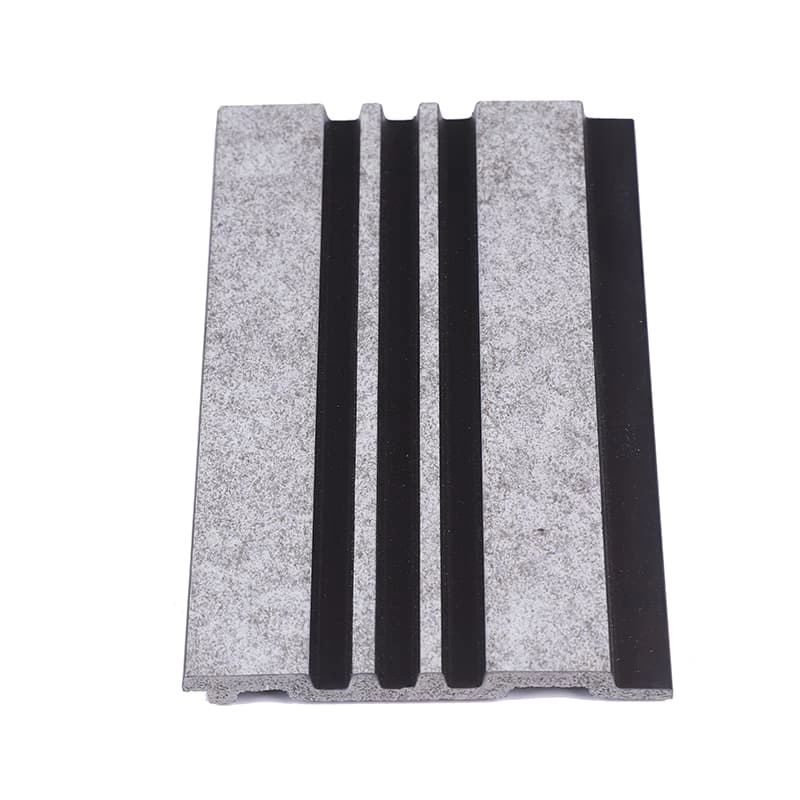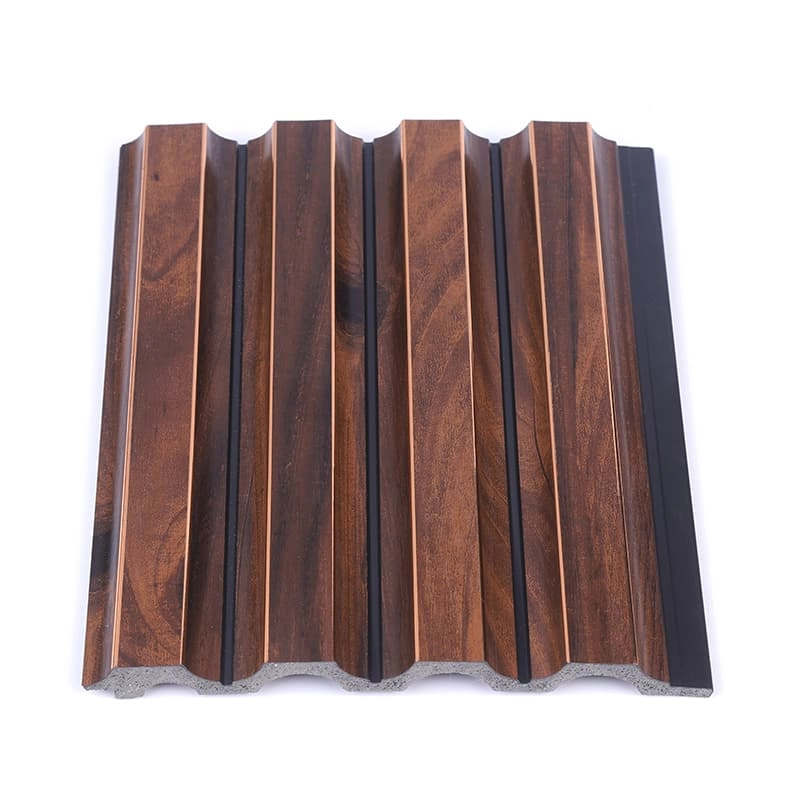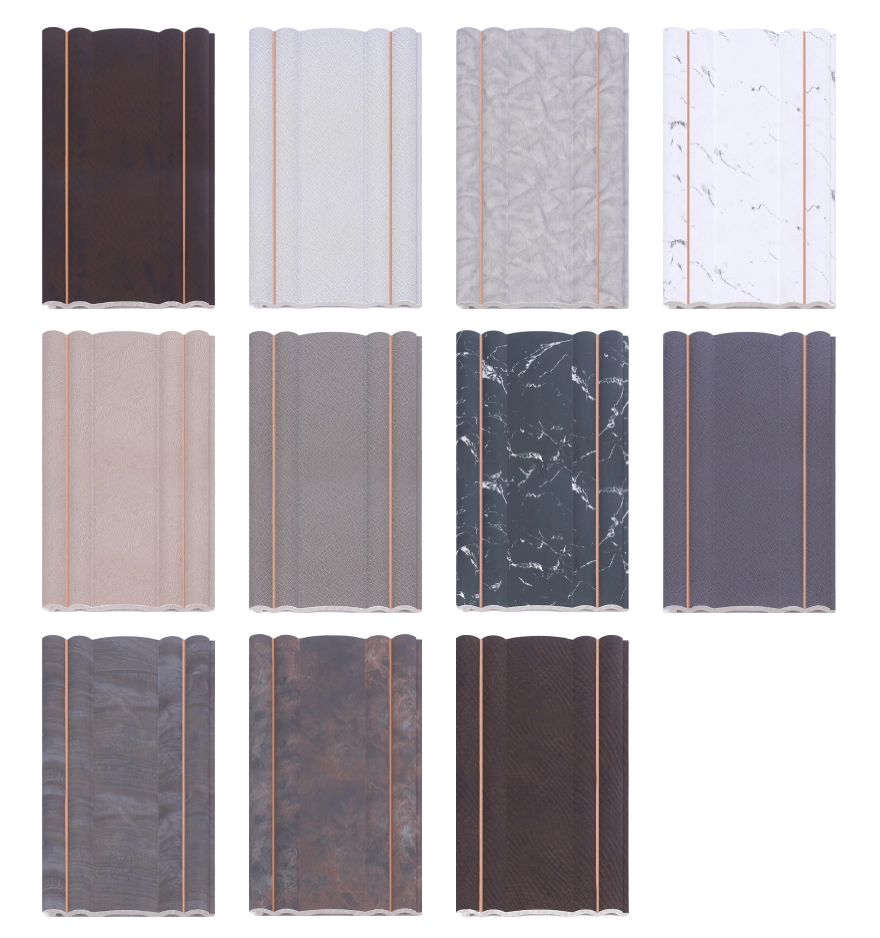CATEGORIES
Cutting PVC Wall Panels Like a Pro: Best Practices and Tips
PVC wall panels are a popular choice for modern interiors, offering an elegant and long-lasting alternative to traditional wall coverings. Whether you're refurbishing your bathroom with new shower panels or adding a stylish touch to your living room, knowing how to cut PVC wall panels like a pro is essential. This guide will walk you through the cutting process, ensuring a clean and professional finish every time.
What Are PVC Wall Panels and Why Use Them?
PVC wall panels are decorative panels made from Polyvinyl Chloride (PVC), a type of plastic known for its durability and versatility. These panels are commonly used in bathrooms, kitchens, and other areas prone to moisture because they are water-resistant and easy to clean.
Advantages of PVC Wall Panels:
- Water-resistant: Ideal for shower panels and bathroom wall panels.
- Easy installation: Lightweight and can be installed over existing surfaces.
- Low maintenance: Simply wipe clean with a damp cloth.
- Aesthetically pleasing: Available in various designs, including tile effect and sparkle finishes.
- Cost-effective: More affordable than traditional tiling.
Why Precise Cutting of PVC Wall Panels Is Essential
Achieving a precise cut on your PVC wall panels is crucial for several reasons:
- Professional Finish: Clean cuts ensure a seamless look without rough edges.
- Easy Installation: Properly cut panels fit together snugly, making the installation process smoother.
- Waste Reduction: Accurate measurements and cuts reduce material wastage, saving you money.
- Avoid Inaccurate Cuts: Prevents gaps and overlaps that can compromise the wall's appearance and integrity.
Tools Needed for Cutting PVC Wall Panels
Using the right tools is key to cutting PVC wall panels efficiently and safely. Here's what you'll need:
- Measuring Tape: For accurate measurements.
- Straight Edge or Ruler: To guide your cuts.
- Pencil or Marker: For marking cut lines.
- Utility Knife (Stanley Knife): Ideal for scoring and cutting thinner panels.
- Fine-Toothed Saw or Jigsaw: For cutting thicker panels or intricate shapes.
- Masking Tape: To prevent chipping on the cut edge.
- Clamps: To secure the panel firmly during cutting.
- Safety Gear: Safety glasses and gloves for protection.
How to Cut PVC Wall Panels: Step-by-Step Guide
Cutting PVC wall panels is a straightforward DIY task if you follow these steps:
Step 1: Measure and Mark
- Measure Twice: Use your measuring tape to measure the area where the panel will fit.
- Mark the Cut Line: On the back side of the panel, use a pencil and straight edge to draw a straight line where you'll cut.
Step 2: Secure the Panel
- Flat Surface: Place the panel on a stable, flat surface like a workbench.
- Use Clamps: Secure the panel firmly to prevent movement during cutting.
Step 3: Score the Panel (For Thin Panels)
- Utility Knife: Run the sharp Stanley knife along the marked line, using the straight edge as a guide.
- Repeat Scoring: Score multiple times to deepen the cut line.
Step 4: Cut the Panel
- Break the Panel: Gently bend the panel along the scored line until it snaps cleanly.
- For Thicker Panels: Use a fine-toothed saw or jigsaw to cut along the marked line, cutting slowly to ensure a smooth cut.
Step 5: Finishing Touches
- Sand Rough Edges: Use sandpaper to smooth any rough edges.
- Clean the Panel: Wipe away any dust or debris before installation.
Using a Jigsaw to Cut PVC Wall Panels
A jigsaw is ideal for cutting thick PVC panels or when you need to make precise cuts for intricate shapes.
Tips for Using a Jigsaw:
- Choose the Right Blade: Use a fine tooth blade to ensure a clean cut.
- Masking Tape: Apply masking tape along the cut line to minimize chipping.
- Cut Slowly: Let the saw do the work to avoid rough edges.
- Secure the Panel: Always clamp the panel firmly before cutting.

Can You Cut PVC Wall Panels with a Stanley Knife?
Yes, for thinner PVC wall panels (usually up to 5mm), a sharp Stanley knife can be used.
How to Cut with a Stanley Knife:
- Score Deeply: Run the knife along the straight line multiple times.
- Apply Pressure Evenly: Bend the panel to snap along the scored line.
- Ensure Safety: Keep fingers away from the cutting edge and use safety gear.
Tips for Cutting Straight Lines on PVC Panels
Achieving straight cuts is essential for a professional finish.
- Use a Straight Edge: Guide your saw or knife along a ruler or straight piece of wood.
- Double-Check Measurements: Measure twice to ensure accuracy.
- Secure the Panel: Prevents movement that can lead to inaccurate cuts.
- Take Your Time: Rushing can result in mistakes.
Cutting Intricate Shapes and Curves
For complex cuts, such as around fixtures or fittings, follow these tips:
- Create a Template: Use cardboard or a scrap piece of panel to trace the shape.
- Transfer the Shape: Mark the intricate shape onto the panel.
- Use a Jigsaw: Ideal for cutting curves or intricate designs.
- Smooth Edges: Sand the edges for a clean finish.

Safety Precautions When Cutting PVC Panels
Safety should always be a priority:
- Wear Safety Glasses: Protect your eyes from chips and dust.
- Gloves: Prevent cuts from sharp edges.
- Secure Work Area: Keep your workspace free from clutter.
- Proper Ventilation: Work in a well-ventilated area to avoid inhaling dust.
Achieving a Clean and Professional Finish
To ensure your PVC wall panels look their best:
- Use Fine-Toothed Tools: Reduces rough edges.
- Sand Edges Lightly: Use sandpaper to smooth cuts.
- Masking Tape: Apply before cutting to minimize chipping.
- Ensure Proper Installation: Follow manufacturer guidelines.
Common Mistakes to Avoid
Avoid these pitfalls for a successful project:
- Inadequate Measuring: Leads to panels that don't fit.
- Using Wrong Tools: Can damage the panels.
- Rushing the Process: Take your time to ensure accuracy.
- Ignoring Safety Tips: Always use protective gear.
FAQs About Cutting PVC Wall Panels
Can I use a circular saw to cut PVC wall panels?
Yes, a circular saw can be used, but ensure it's equipped with a fine-toothed blade to prevent chipping.
Do I need specialized tools for cutting?
Not necessarily. A utility knife or fine-toothed handsaw is sufficient for most PVC panel cutting tasks.
How do I prevent the panel from cracking?
Ensure the panel is properly supported on a flat surface when cutting, and avoid applying excessive force.
Conclusion
Cutting PVC wall panels like a pro is an essential skill for anyone looking to enhance their home's interior. By using the right tools and techniques, you can achieve clean and precise cuts, ensuring a flawless installation. Whether you're a seasoned DIY enthusiast or a professional fitter, following these best practices will help you transform your space with elegance and ease.
Key Takeaways
- Measure Twice: Always double-check your measurements before cutting.
- Use the Right Tools: A fine-toothed saw or sharp utility knife is ideal.
- Secure the Panel: Prevents movement and ensures straight cuts.
- Take Your Time: Rushing can lead to mistakes and rough edges.
- Follow Safety Precautions: Protect yourself with appropriate gear.
For high-quality PVC wall panels and expert advice, XHD07 High Quality Bathroom Decorative Wall Panels Ps Wall Panels offers a range of options to suit your needs.
Enhance your interior with stylish designs like the XHI02 OEM Interior Decorative Wall Panels 3d Ps Ceiling Wall Panel Moulding, perfect for adding a touch of sophistication.
Looking for durable and eco-friendly options? Check out the XHB02 Factory Prices Affordable Ps Wall Panel Decorative Panel for Indoor Wall for quality products at competitive prices.

By following this guide, you're well on your way to cutting PVC wall panels like a pro, achieving a professional finish that will enhance any room in your home.





